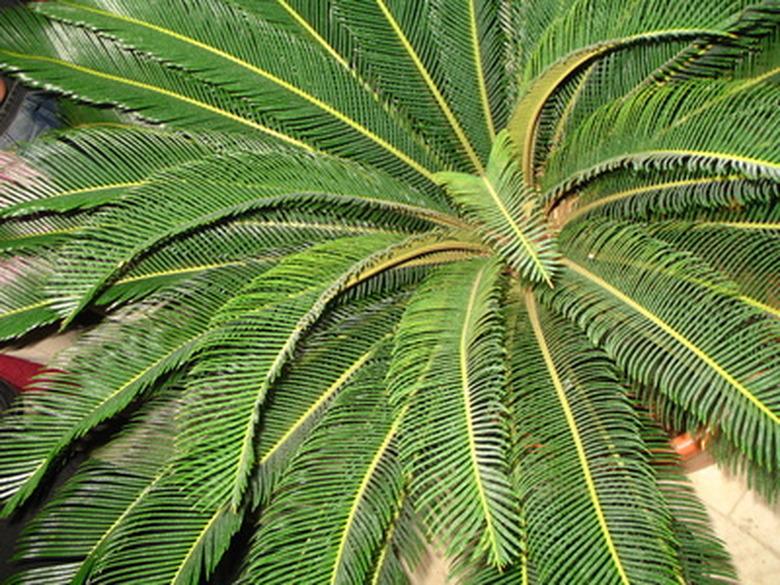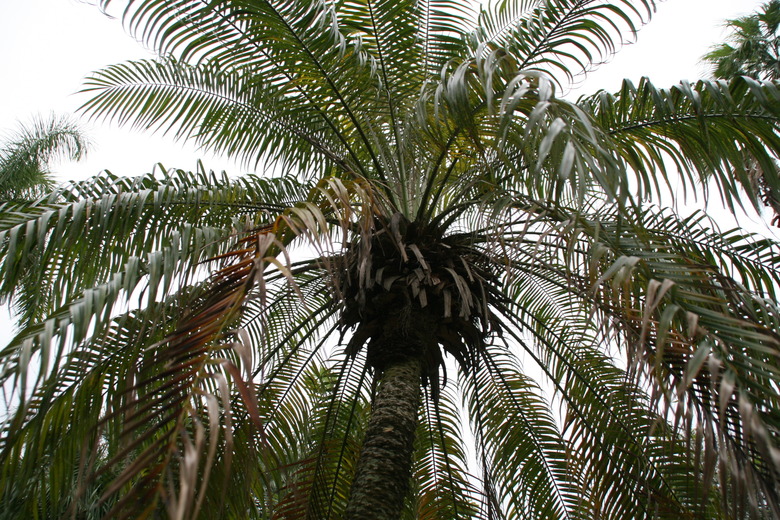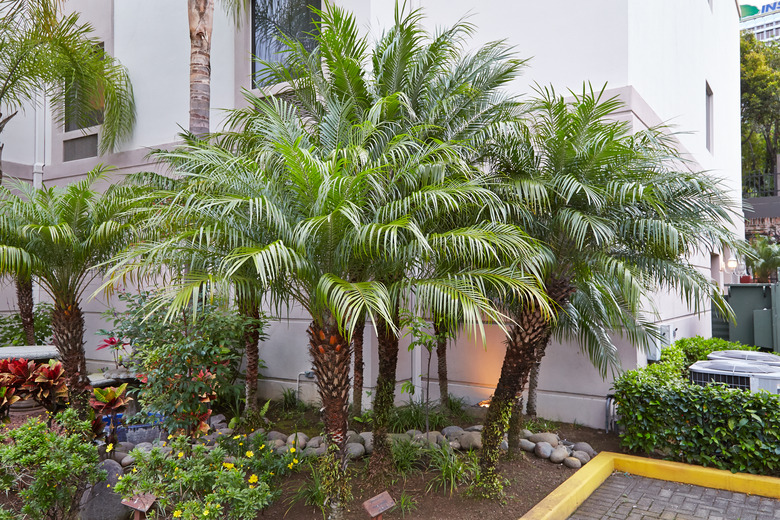How To Care For A Robellini Palm
The robellini palm tree (Phoenix roebelenii) is a species of palm in the Arecaceae family that is native to the Middle East. Other common names of this species include pygmy date palm tree, miniature date palm and dwarf date palm.
The robellini palm is winter hardy in USDA plant hardiness zones 10 and 11. This tropical plant is commonly grown outdoors in frost-free areas of Florida and is often grown as an indoor container plant where winter temperatures fall below 25°F.
Robellini Palm Characteristics
Robellini palm trees have a slow growth rate. While outdoors, they can reach a mature height of up to 12 feet. Indoors, they usually have a height of about 5 feet.
The robellini palm is a single-stemmed tree, though sometimes, these palms are grown in close proximity, creating the illusion of a single multi-stemmed plant. This palm tree is dioecious, which means that male and female flowers are found on separate trees. The flowers are cream-colored. Only female palms produce fruit.
The fronds of this species of palm are feather-like and are about 3 feet long. Each frond has about 100 leaflets. Modified leaflets at the base of the fronds form spines that are 2 to 3 inches in length.
Growing Robellini Palms Outdoors
Robellini palms should always be grown in well-draining soil. Otherwise, they can suffer from root rot or become deficient in iron. It is also important not to plant them too deep in the soil, which is another cause of iron deficiency.
Robellini palms can grow in a variety of soils. However, they often become deficient in magnesium when grown in soils that have an alkaline soil pH. Symptoms of magnesium deficiency manifest as yellowing of the fronds and curled leaf tips. This can be corrected by fertilizing the palms with a formula that contains magnesium.
Outdoor palms are prone to a fungal disease known as Ganoderma butt rot that causes decay and can weaken the palm trees. It is eventually fatal. It is important not to plant palm trees in the same spot where other palms have succumbed to this disease, as the fungus that causes it can survive in the soil.
Tip
Iron and magnesium deficiencies are common problems in robellini palms grown outdoors in Florida and can be managed with cultural practices.
Robellini Palm Indoor Care
One of several species of tropical palms commonly grown indoors, robellini palms are relatively low maintenance. To keep your robellini palm houseplant looking its best, you'll want to place it near a window so it will receive bright but indirect light. An east-facing window where the plant receives morning sun is ideal.
As with outdoor plants, to avoid diseases, you want to keep the soil moist without allowing the roots to sit in standing water.
Tip
Well-draining soil is key to growing robellini palms, whether you are growing them outdoors in the landscape or as houseplants in containers.
Robellini palms thrive when they are root-bound in their containers—meaning their roots run out of space to grow and become tangled—and therefore don't require frequent repotting.


